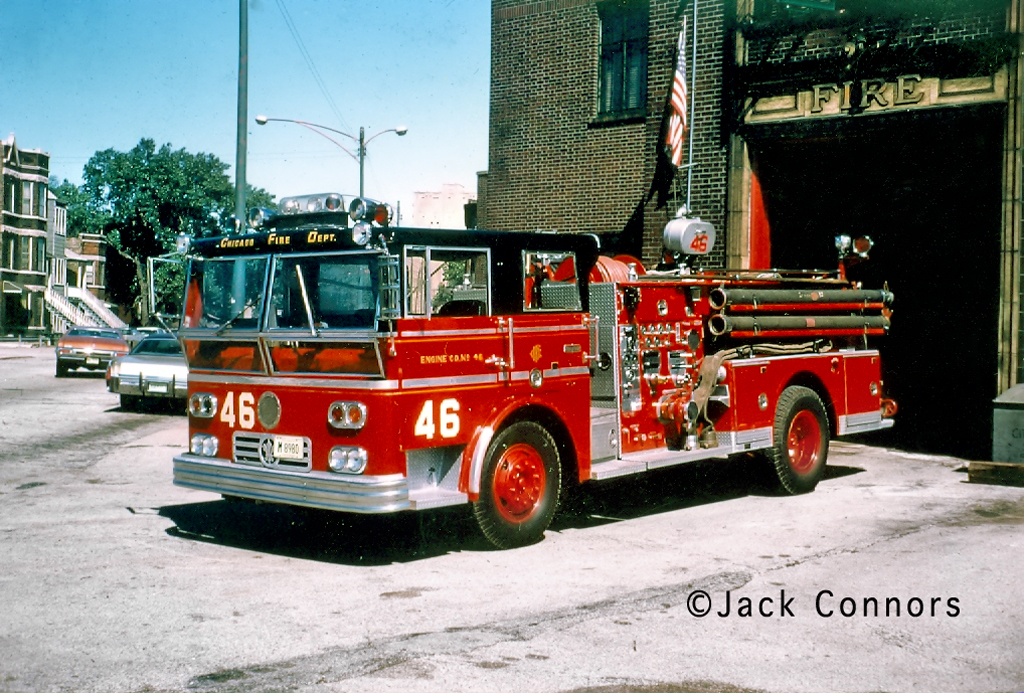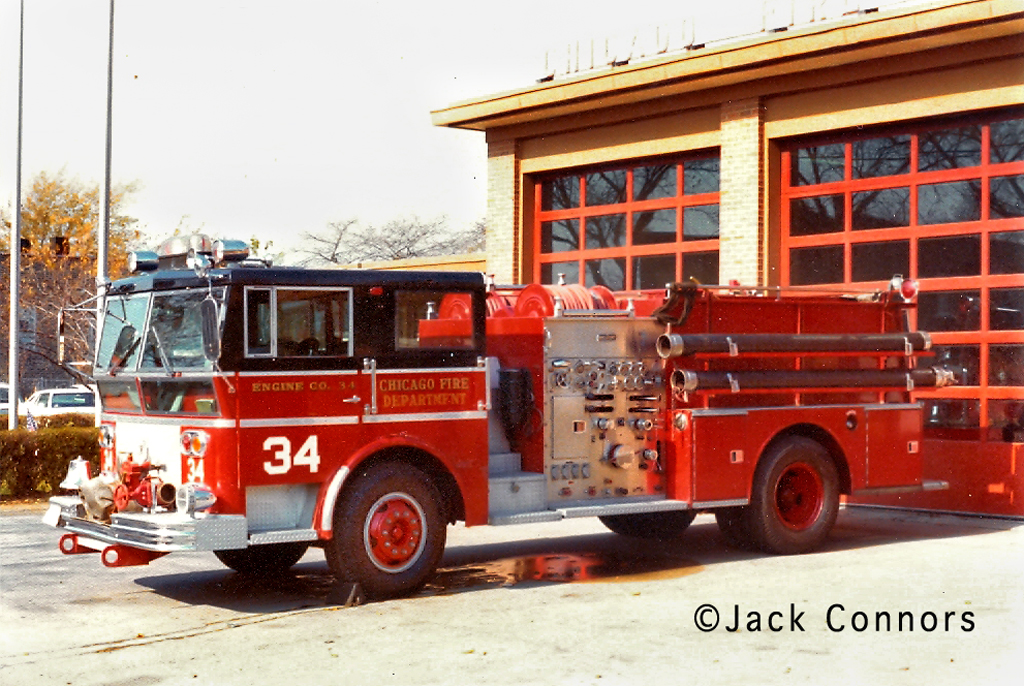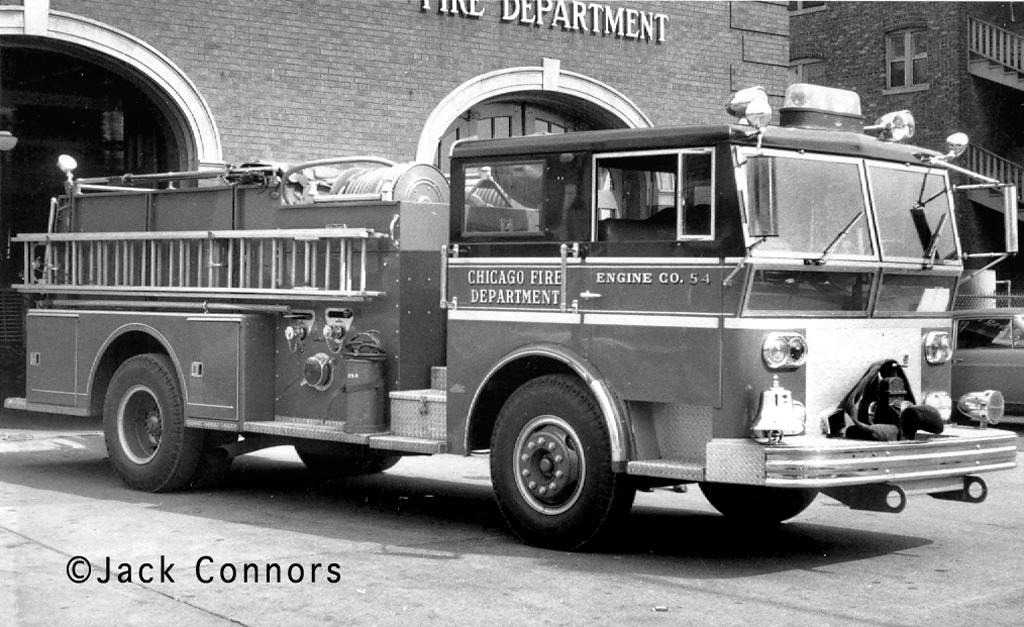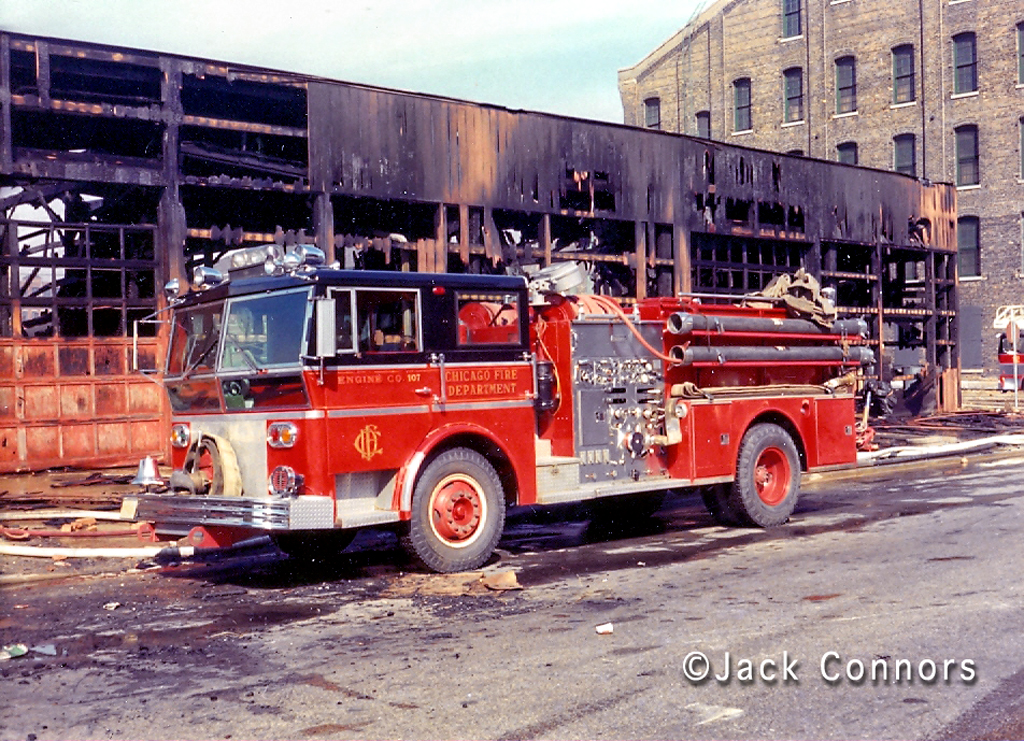A question was posed to Bill Post from Mike McAuliffe:
Bill, … on the subject of Snorkels, perhaps you could provide some insight as to why Fire Commissioner Quinn was so tight with funds, that he did not purchase a new small Snorkel for SS-3 or a new Snorkel for Snorkel 1 (which became SS-3), and, most importantly, he did not purchase a new Snorkel to replace Snorkel 7?
The Snorkels were his obvious pride and joy, though in my opinion, [this was] to the extent that he was blinded to the potential advantages of [the] Aerialscope/tower ladders. Why didn’t he purchase replacements? This was during a time when Snorkels were fairly common. Some departments were even using small Snorkels as a second-piece engine. Crown was making superb Snorkels on the west coast. The LACityFD had two that they wanted to get rid of. It could not have been that difficult to get a good deal on a used or even a new one.
I always thought it was a mark against Quinn that the city had only one Snorkel on the south side; Snorkel 3, for most of the 1970s when the south side was “really rolling”. Whenever a south side still and box came in, you would always hear on the sounder, “Snorkel 5 to Snorkel 3?.
Thanks in advance for any replies.
Mike, you hit it right on the button. Money was indeed a problem for the Chicago Fire Department in the 1960s. That was one of the reasons why during the early 1960s until late 1966 through early 1967, the Chicago Fire Department only purchased unique or what would be called “specialty apparatus”. As you know, that was basically the Magirus 144-foot and 100-foot aerial ladders, Snorkels, Snorkel Squads, Fog Pressures, the original helicopter (441), jet (rescue) boats, plus of course ambulances and chief buggies.
The Chicago Fire Department was desperate for capital funds. The City of Chicago finally had to go to the voters during 1966/67 with a campaign to get their approval to be able to float a bond issue in order to be able to get a funding mechanism to invest in much needed city infrastructure, which included new fire engines. I even remember that there was a special half-hour long television special one evening (probably on Channel 9) that was about the need for the Chicago Fire Department to acquire new apparatus. Some of our equipment, like a number of the tractor-trailer hook and ladders went back to the 1920s. Commissioner Robert J Quinn was on the show doing an interview where he had said “I don’t see how the hell the voters could keep us from getting new fire apparatus” which was desperately needed.
The bond issue was passed. As far as Snorkel Company 1 goes, Commissioner Quinn had felt a need for a new Snorkel Squad company on the busy West Side, so he converted Snorkel 1’s rig into Snorkel Squad 3, and he purchased three Fog Pressure Wagons on longer chassis to be used as the new second pieces for the three Snorkel Squads. Snorkel Squad 3 went into service on May 16th, 1965 at the fire house at 2858 W. Fillmore. This had been the quarters of Engine 66 and Squad 7.
Engine 66 was relocated to Engine Company 44 and Squad 7 was taken out of service on that day. By the way, another major reason why the CFD didn’t purchase a new Snorkel 1 (besides the money) is for another very elemental reason; there was no space for any new Snorkels on the West Side. As an example, in order for Snorkel Squad 3 to go in service, they had to move Engine 66 and take Squad 7 out of service. At the time, Squad 7 was one of the two busiest squad companies in the city, so Commissioner Quinn figured that he would just replace it with a more modern and well-equipped Snorkel Squad. This made a lot of sense. The other of our “top 2″ squad companies was Squad 3, which had been located with Engine 61. At that time, they were at 54th and Wabash which was only a mile and a half west of Engine 60, Truck 37, and Snorkel Squad 2 in their new station. One of the reasons why Squad 3 stayed in service is because Snorkel Squad 2 was in a new station with plenty of room. This wasn’t the case though on the West Side. Part of Commissioner Quinn’s reasoning to put Snorkels 4 through 7 in service in 1961 and 62 was because he wanted one Snorkel located in each of the seven Fire Divisions at the time.
Snorkel Company 1 was the smallest of the Snorkel companies (only 50 feet) so they were moved from Engine 50 (on the south side in the 4th Division) to Engine 109 (in the 2nd Division on the west side). The reason for the move was that the only fire station in? the 2nd Division that had (barely) enough room for a Snorkel was Engine 109’s house. The space that Engine 109 had for Snorkel 1 was minimal at best because you need to remember that Engine 109 was in a two-bay station and that one of the bays had Truck 32. The truck had a 1954 FWD tillered aerial ladder which had an 85-foot wooden ladder with a long rear overhang. Since Snorkel 1 was only 50 feet and didn’t have a long front over hang, they were the only Snorkel that could fit into Engine 109’s quarters.
During the early 1960s when most of the Snorkels were put in service, the south side wasn’t that much better then the west side when it came to having fire stations which were large enough to accommodate Snorkels. At the time, there were three fire divisions on the south side. They were divisions 4, 5, and 7.
Division 5, on the far southeast side, had room for Snorkel 6 at Engine 46’s house because they had two exceptionally large apparatus bays. The 7th Division, covered the far southwest side, (including Englewood), and included Battalions 29, 31, 26, and 12. Only Engine 84’s house was large enough and it was located at Halsted south of 57th Street which was only two blocks south of the 4th Division’s southern boundary line on Garfield Boulevard.
Snorkel 3 was relocated there after being moved from Engine 50’s house where they had replaced Snorkel 1 for roughly 6 months. It was a very tight fit in Engine 50’s house. They ended up exchanging Light Wagon 3 (at Engine 84) for Snorkel 3. After Snorkel 3 was relocated into the 7th Division from the 4th Division in 1962, there was no Snorkel assigned to the 4th Division from March 24, 1962 until October 28, 1964. When Engine 28’s new house was opened, they were finally able to move Snorkel 2 there. Before Engine 28’s new station was opened, Snorkels 2 and 4 were located less then a mile apart from May 6, 1961 until October 28, 1964. Snorkel 2 was with Engine 5 and Snorkel 4 was with Engine 25 at the Fire Academy. That lasted for over three years and it was due to a lack of adequate space to accommodate the Snorkels in many of the fire stations around the city.
This is part one of a three-part article.








































